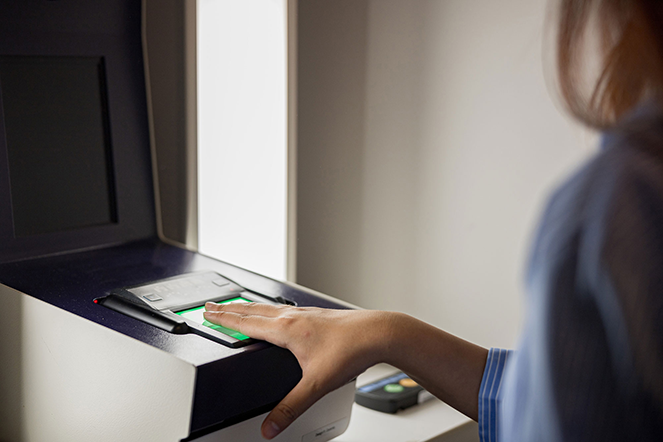
Biometric enrolment has become an integral part of the visa application process in many countries. However, with many possible biometric enrolment solutions available to governments and their border control agencies, it can be difficult to know which one to choose. Here are the key points to focus on.
In our present travel environment, where passports feature chips and biometric information, it is easy to forget just how recently passport and visa applications evolved to this greater level of security. Before the First World War, there was no global standard for passports. Some countries issued standard travel documents, but not all countries did, so a century ago it was easy to travel anywhere without documents, if you could afford travel before our present-day plethora of budget airlines. Biometrics for visa applications were only introduced on a large scale in 2007 and up until then, a passport holder could request a travel visa remotely, with no need to attend an appointment in person at a visa centre.
Today, biometric enrolment is standard for visa applications to many countries, based on the premise that everyone is unique and that the best way to eliminate potential visa fraud is to tie the identification of an individual to their specific biometric characteristics. However, there are still a number of precautions that governments need to take to ensure the quality and integrity of their biometric enrolment process, particularly when they are handling visa applications from multiple locations worldwide.
What to look for in a biometric enrolment solution?
While cost is obviously important for governments looking to optimise the management of their biometric enrolment process, there are a number of other key factors that also need to be taken into account:
1. Consistency in biometric data quality
It is essential to be able to ensure high quality biometric data – both fingerprints and photos – every time, whatever the conditions (e.g. lighting) in which data capture is carried out. Biometric data that is of insufficient quality to compare and match with data held on government databases is worthless to the visa application process.
2. Scalability
For governments processing visa applications submitted from centres all around the world, it is important to be able to rely on a biometric enrolment solution that is easy to implement and that can be rolled out quickly and efficiently across multiple locations.
3. Flexibility
Each government has its own specifications with regard to the biometric data that it wishes to collect and its own systems and databases for biometric data storage and matching. An effective biometric solution therefore must be easily adaptable to ensure that there are no issues of compatibility with the systems that it is feeding into.
4. Data security
Maybe the most important factor to consider is the security of the biometric enrolment solution, to guarantee full protection of the highly confidential biometric data collected. Safeguards must be in place to prevent the modification of a biometric data file once it has been saved. Files must also be electronically signed and encrypted to ensure their integrity during transfer to government servers.
Biometric enrolment will no doubt continue to be essential to the visa application process in the years to come. For governments handling ever increasing numbers of visa applications across multiple geographies, having a reliable solution in place – and a trusted partner with the expertise and technological know-how to implement and manage this at scale – is essential.
By Seif Ben Mabrouk
IT Program Manager – Biometrics